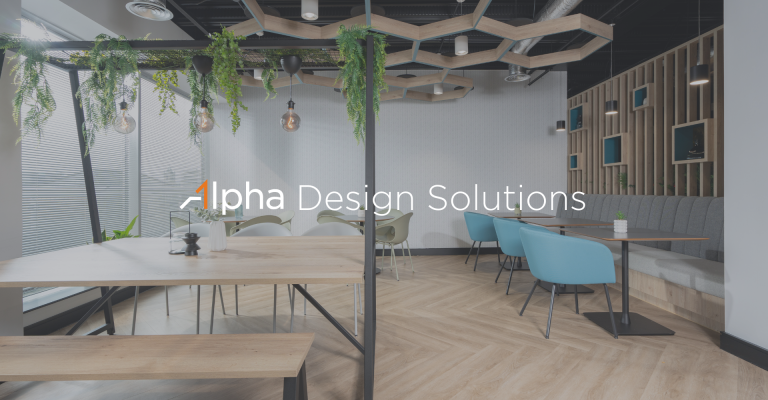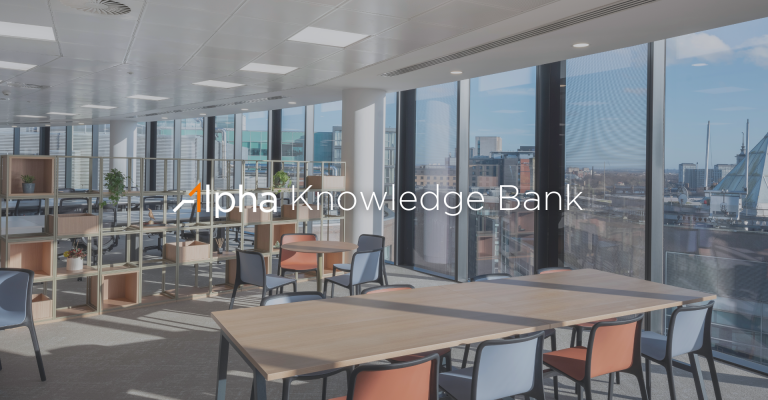Culture
Improving mental health in the workplace
9 October, 2019

Thursday 10th October 2019 marks World Mental Health Day, a day for global recognition and mental health education, awareness and advocacy against social stigma. First celebrated in 1992, the initiative has grown increasingly important as mental health globally has declined.
In total, approximately 70 million ‘workdays’ are lost annually because of mental health problems, this equates to 13% of all sick days and around £2.4 billion for companies. According to charity Mind, one in four adults will experience a mental health issue every year, and one in six will report a common mental health problem each week having a significant impact on working life.
The most important steps an employer should take to tackling the issue of mental health in the workplace is to successfully implement a workplace mental health and well-being improvement strategy. This practice should allow organisations to put in place relevant initiatives such as mental health training for managers and tracking and promoting their success in line with other business metrics - putting mental health on the agenda. It is vital to raise the priority given to mental health and well-being in order to move toward a culture which proactively manages mental well-being.
At The Alpha Group, we believe that a happy, healthy and engaged person is a more productive person, and by creating an efficient work space, employers can significantly decrease absenteeism, increase productivity, improve employee retention and create a positive work environment conducive to employee well-being.
Here are some tangible steps that employers can take to improve the workplace for employees creating a more ‘mental health friendly’ workplace through office design and configuration:
Work space Aesthetics
By investing in workplace design, you invest in your employees. In recent research carried out by Alpha Scotland, only 1 in 10 Scots rated their workplace as excellent for its positive contribution to their sense of well-being and with the average person spending 90,000 hours of their life working – improving workplace design is vital for employee well-being. Comfortable, ergonomic furniture, good natural light and use of a bright colour palette have all been proven to improve employee’s mood and productivity. Another key way to do this is to introduce Biophilic Design into the office - plants and natural elements are proven to stimulate creativity and reduce stress by up to 15%.
Office Configuration
How employees work collaboratively and independently has changed; ‘breakout’ areas and co-working spaces encourage better communication, whilst more quiet, reflective spaces enable enhanced productivity. Providing employees with both configurations and enabling them to choose how they work best throughout the working day will boost morale and encourage a more dynamic working style. Designing a mutually supportive work environment improves overall well-being as individuals feel their input is valued, and a carefully designed office will adopt an employee-centric approach to how space can best be utilised.
Flexible Working
Traditionally our working day was carried out on a fixed timetable from nine to five within a confined office space, but recent studies have shown that both employers and employees can benefit from shaking up the monotony of this routine. By 2025, millennial's will make up 75% of the workforce and as a result offices around the world are already making changes to attract the new talent. One change taking place is the switch from desktop computers to mobile devices such as laptops, tablets and smartphones. The emphasis on mobile technology and a strong WiFi connection means there is less of a need for desks. Workers can move throughout the office, so they don’t have to be at the same work space every day and can also work from home. Having the freedom to work on their own terms leads to a better sense of autonomy for employees, contributing to enhanced well-being.
Workplace Culture
Workplace culture can be defined as the environment that is created for employees and can play a powerful role in determining work satisfaction, relationships and the happiness of employees. Increasingly, offices are investing in canteen spaces and communal areas which encourage social interaction and inclusivity. By making the kitchen or eating area more welcoming, it stimulates conversation amongst employees in a comfortable, informal environment. Mental health can often be a difficult topic to discuss but improving communication and friendships amongst employees will create a more open and honest workplace.
For help and support on mental health issues, please visit: https://bit.ly/30Z44E7










